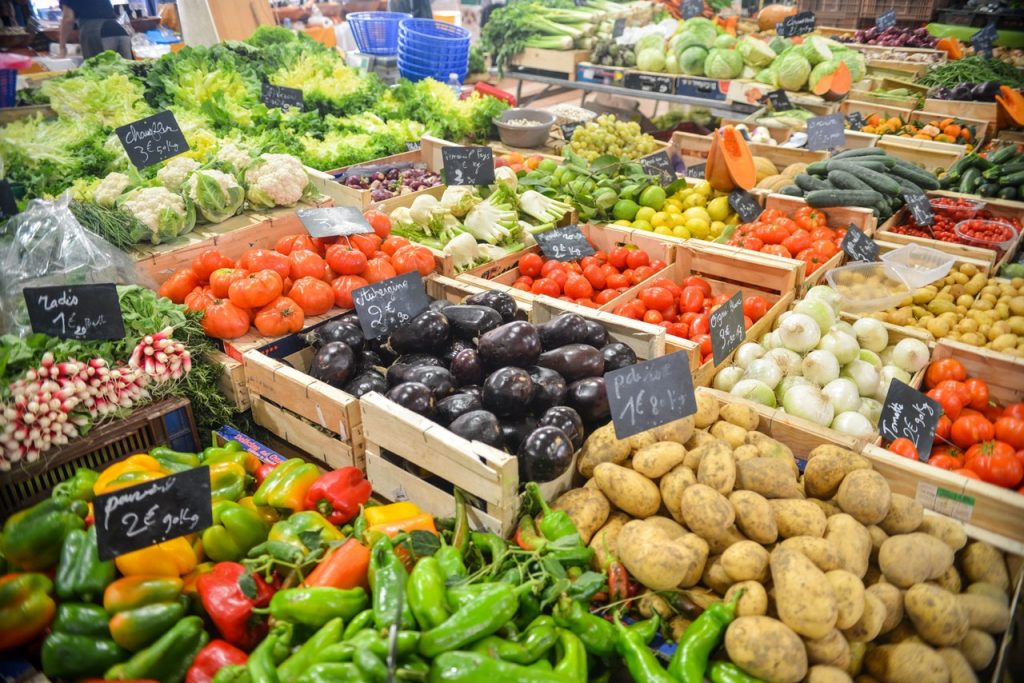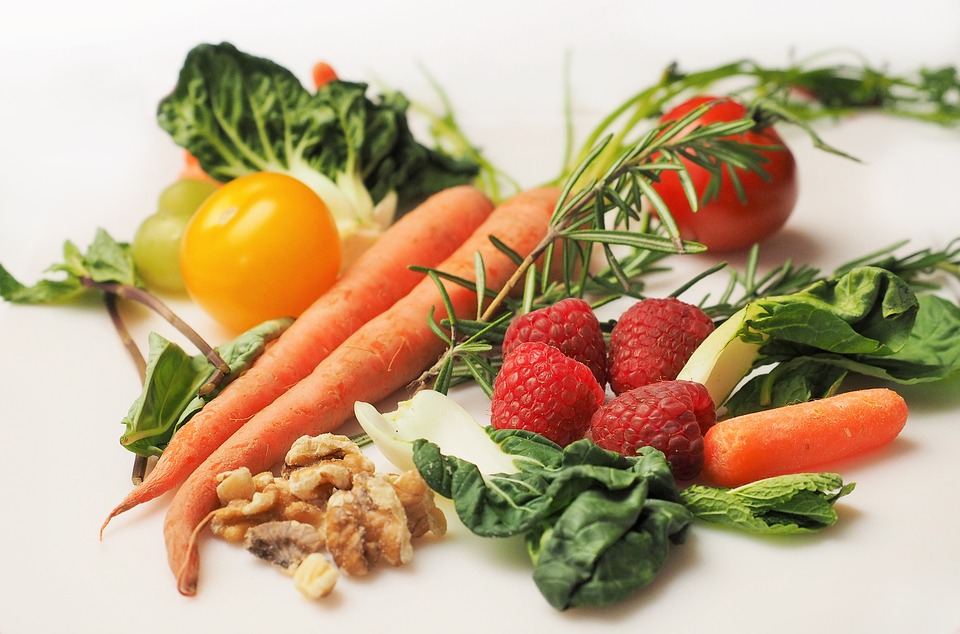
Road trips are the greatest classic the moment it regards customizable traveling and unforgettable pleasure. Forgoing airplanes and trains to support the wheel places you back –literally–at the driver’s chair to your holiday. Stops, starts, snacks, and landscapes are all up for an own taste.
For quite a few, managing your meals is a part of what causes road trips a cheap and appealing choice. Without a three oz. Liquid limitations hold you back, so you may pack your meals and pack at your savings. A modest pre-planning and informed packing can help save you money on lunch, breakfast, and in-between snacks, and providing you greater freedom to concentrate on landscapes, actions, or special dishes out.
Not certain where to begin in regards to road trip grocery shopping and meal preparation? Here are some ideas that will help you get started:
Breakfast
The main meal of the evening may easily excursion first-time street trippers. Breakfast staples such as milk and cereal or scrambled eggs are a bit more difficult to stay refreshing. Let us not even think of what could happen if you mixed with an ill-timed pothole using a spoonful of Frosted Flakes and milk.
With limited room in your automobile (and cooler) and two hands to equilibrium eating and driving, you need items which are simple to pre-portion, simple to consume 1 handed, and do not (always) need heating. Simple options comprise:
- Granola Bars — If you purchase name brand, store manufacturer, or create your own personal, granola bars are a slender, simple, satisfying choice for on-the-move breakfasts.
- Baked Oatmeal — depending upon your recipe, roasted oatmeal might have to infringe in your cooler area. Customize it with nuts or fruit, but just make sure you maintain a napkin or paper dish hand to grab a couple of stray crumbs.
- Bagel Sandwiches — Spread your cheese or schmear of selection then sandwich your bagel straight collectively. Keep them packed in zip lock baggies till you are prepared to munch.
- Muffins or Quick Bread — Muffins and quick bread are a terrific way to blend nuts, fruit, and other snacks into a yummy breakfast treat. Muffins are obviously serving-size prepared, but you are going to want to pre-slice your banana or zucchini bread until you bundle it for traveling.
Lunch
If it has to do with lunching on the move, cakes really are a no-brainer. To get the best out of the holiday sandwiches, then try these hints:
- Select pitas — scatter the teeth that are falling and exchange conventional cakes for pitas. They are equally as yummy however do a much better job of incorporating your meal.
- Wrap it — Much like pitas, wraps are simple to prepare beforehand and create less of a wreck compared to conventional sandwiches.
- Spread sensibly — peanut butter retains up good on its own (and does not require refrigerated) however if you would like to put in another spread like honey or jelly, you’re want to PB either piece of bread so that you don’t wind up with a fresh sandwich.
- Believe beforehand — Mounds of mayo and succulent tomato pieces are only asking for trouble. Jump condiments and toppings pose an inevitable drip threat.
Sandwiches are greatest if you are powering through, however, it is simple to branch out into other choices if you’re planning to create use of parks, scenic outlooks, roadside rests or car breakdowns (luckily there’s Towing San Jose), etc take a rest for lunch. Pasta cakes, fried chicken, as well as other traditional picnic cuisines can readily be saved in a milder but are somewhat simpler to eat as soon as it is possible to sit at a desk, use both hands on utensils and not need to worry about oncoming traffic.
ALSO READ: Making Your Comfort Food At Home
Road Trip Snacks
Convenience is essential, but attempt to stay wholesome and budget-savvy also.
Prepackaged bite-sized parts seem perfect, but you are going to save by purchasing the major box and pre-portioning yourself, portioning it to reusable cups on the move, or bypassing part sizes in favor of this I am on-vacation-diet.
The cooler area will be restricted, so jump the series cheese in favor of the healthy street excursion snack ideas:
- Bananas
- Apples
- Grapes
- Oranges
- Berries
- Baby carrots along with other leafy veggies
- Shelled nuts
- Raisins
- Course combination
- Pretzels
- Spicy chips
- Bite-size chocolates
- Hummus (to match together with all the vegetables, chips, or pretzels)
Mealtime Stops & Additional Tips
Road trips might be interchangeable with spontaneity and independence, however, there is not anything wrong with peppering at just a tiny preparation.
If you’re staying in hotels on the way, phone beforehand to find out whether you are able to find a room with a fridge or microwave. Start looking for campsites and hostels which have kitchen facilities that you may utilize.
Research the surrounding region beforehand. It is possible to either find out personal advice, rely upon your own search engine choice, or even, just as with all, there is a program for this.
If you are traveling with your significant other, then look at planning a couple of exceptional nights because of a rest from all of the fast food and meals that are cooler. Plan a romantic night, do a bar crawl, or search for restaurants that match your favorite food market: neighborhood dives, mix cuisine, or farm-to-table.
Regardless of what food you wind up packaging, be certain to don’t overlook any vital accessories. A milder, ice packs, napkins, wet wipes, and stockpiled condiment bundles from fast-food chains, disposable cutlery, and garbage bags will guarantee you can save, year, eat and wash up following whatever your package.
And remember that there are grocery shops along your path. Should you run forget a thing, there is nothing stopping you from creating a fast stop.





 Profitable Food and Beverage Business Ideas to Start
Profitable Food and Beverage Business Ideas to Start


 Actually, calorie-wise, you can consume as many sushi as you can in one sitting. Without realizing it, you have already taken in the same amount of calories you stand to gain from eating a complete burger meal. In NYC, regardless of how customers want their sushi, whether dining in or delivered, young Japanese chefs are making sure NYC customers can eat as many authentic-tasting sushi they want.
Actually, calorie-wise, you can consume as many sushi as you can in one sitting. Without realizing it, you have already taken in the same amount of calories you stand to gain from eating a complete burger meal. In NYC, regardless of how customers want their sushi, whether dining in or delivered, young Japanese chefs are making sure NYC customers can eat as many authentic-tasting sushi they want. Generally, sushis are well loved by health buffs because the ingredients used in their preparation are fresh and devoid of unhealthy fat. Moreover, the fish component is a good source of omega 3 fatty acid, a nutrient that is largely good for the brain and to cardio vascular arteries.
Generally, sushis are well loved by health buffs because the ingredients used in their preparation are fresh and devoid of unhealthy fat. Moreover, the fish component is a good source of omega 3 fatty acid, a nutrient that is largely good for the brain and to cardio vascular arteries. Anyway, if you are just visiting New York, it would be a pity not to try all the best tasting sushi and burgers that NY restaurants have to offer. Some even have sushi burgers, which combine the goodness of beef burgers served between bun-shaped sushi rice.
Anyway, if you are just visiting New York, it would be a pity not to try all the best tasting sushi and burgers that NY restaurants have to offer. Some even have sushi burgers, which combine the goodness of beef burgers served between bun-shaped sushi rice. Food safety is a significant concern for commercial kitchens. Therefore, food service providers can consider a few ways to keep their food safe. Applying this rule protects both food quality and safety. When a restaurant gets new food, it is put behind the old one. That way, the old food will be used first. If desired, all groceries can have a best-by date and a best-by date.
Food safety is a significant concern for commercial kitchens. Therefore, food service providers can consider a few ways to keep their food safe. Applying this rule protects both food quality and safety. When a restaurant gets new food, it is put behind the old one. That way, the old food will be used first. If desired, all groceries can have a best-by date and a best-by date.














 Everyone has a comfort food. We eat it during those times that we think we need it. It can be because of stress or we just want to reward ourselves for accomplishing a task from our job or from school. However, how are we going to eat our comfort food when not all of us can go outside to purchase it?
Everyone has a comfort food. We eat it during those times that we think we need it. It can be because of stress or we just want to reward ourselves for accomplishing a task from our job or from school. However, how are we going to eat our comfort food when not all of us can go outside to purchase it? Little organisms cause food spoilage. Compounds are and the majority of them do not do us some injury. In reality, a number is great for all of us.
Little organisms cause food spoilage. Compounds are and the majority of them do not do us some injury. In reality, a number is great for all of us.


 Online Work gives
Online Work gives  How annoying it’s to go to a restaurant and sit alongside a desk with somebody talking. Or have somebody sit beside your desk that has put music in addition to the songs.
How annoying it’s to go to a restaurant and sit alongside a desk with somebody talking. Or have somebody sit beside your desk that has put music in addition to the songs. By simply leaning the baristas the very best way to
By simply leaning the baristas the very best way to 
 Food Safety describes preparing to handle and storing food in ways to reduce the risk of people. Food security is a concern which covers a number of regions of life. The essentials of food security aim to avoid food. This is achieved via a variety:
Food Safety describes preparing to handle and storing food in ways to reduce the risk of people. Food security is a concern which covers a number of regions of life. The essentials of food security aim to avoid food. This is achieved via a variety:
 YouTube? Now you can buy views on youtube for free. Yes! for free. Today we share our nine favorites, which should not be missing from your to watch list.
YouTube? Now you can buy views on youtube for free. Yes! for free. Today we share our nine favorites, which should not be missing from your to watch list. Everybody loves food. Who doesn’t?
Everybody loves food. Who doesn’t?
 Among their assets is
Among their assets is  Into the leather messenger bags new attributes are added in the past several years to stay informed about changes in safety and engineering constraints. As an example, a special pocket is made to hold a cell phone, also distance for accessories. Additionally, there are additional sections for traveller’s checks, money and charge cards. Another department that is protected holds other investigation documents and passports and types.
Into the leather messenger bags new attributes are added in the past several years to stay informed about changes in safety and engineering constraints. As an example, a special pocket is made to hold a cell phone, also distance for accessories. Additionally, there are additional sections for traveller’s checks, money and charge cards. Another department that is protected holds other investigation documents and passports and types.
 Let’s face it. We all ask ourselves the same question: how to lose belly fat fast? In this article, we provide food to avoid, to reduce the chances of getting bigger. It all starts with intake discipline though- and that part’s all YOU.
Let’s face it. We all ask ourselves the same question: how to lose belly fat fast? In this article, we provide food to avoid, to reduce the chances of getting bigger. It all starts with intake discipline though- and that part’s all YOU.
 In biology, the human body generates Lecithin from the liver and also transports it through the circulatory and nervous systems.
In biology, the human body generates Lecithin from the liver and also transports it through the circulatory and nervous systems. Starting an independent burger business is a huge challenge as means of competing with multiple well-known fast food establishments offering franchise as burger business. It;s important therefore that entering the burger selling competition it would be best to know why some succeed in winning the competition while others don’t. Studying the feasibility and profitability of a burger business are general terms that you need to thoroughly understand om every business undertaking.
Starting an independent burger business is a huge challenge as means of competing with multiple well-known fast food establishments offering franchise as burger business. It;s important therefore that entering the burger selling competition it would be best to know why some succeed in winning the competition while others don’t. Studying the feasibility and profitability of a burger business are general terms that you need to thoroughly understand om every business undertaking. The long and short of it is that Jollibee was able to carve its identity as a Filipino brand of food. Overseas Filipino workers across the globe pined for Jolibee food products as better alternatives to McDonald’s.
The long and short of it is that Jollibee was able to carve its identity as a Filipino brand of food. Overseas Filipino workers across the globe pined for Jolibee food products as better alternatives to McDonald’s.






